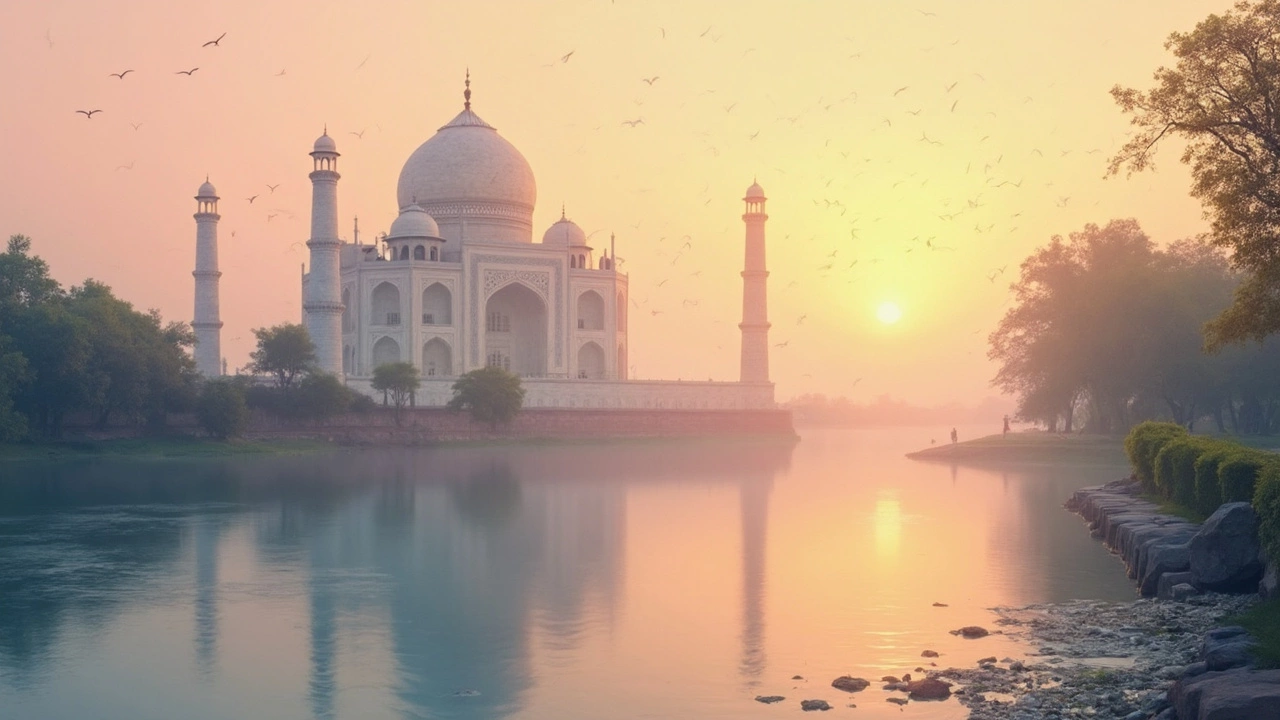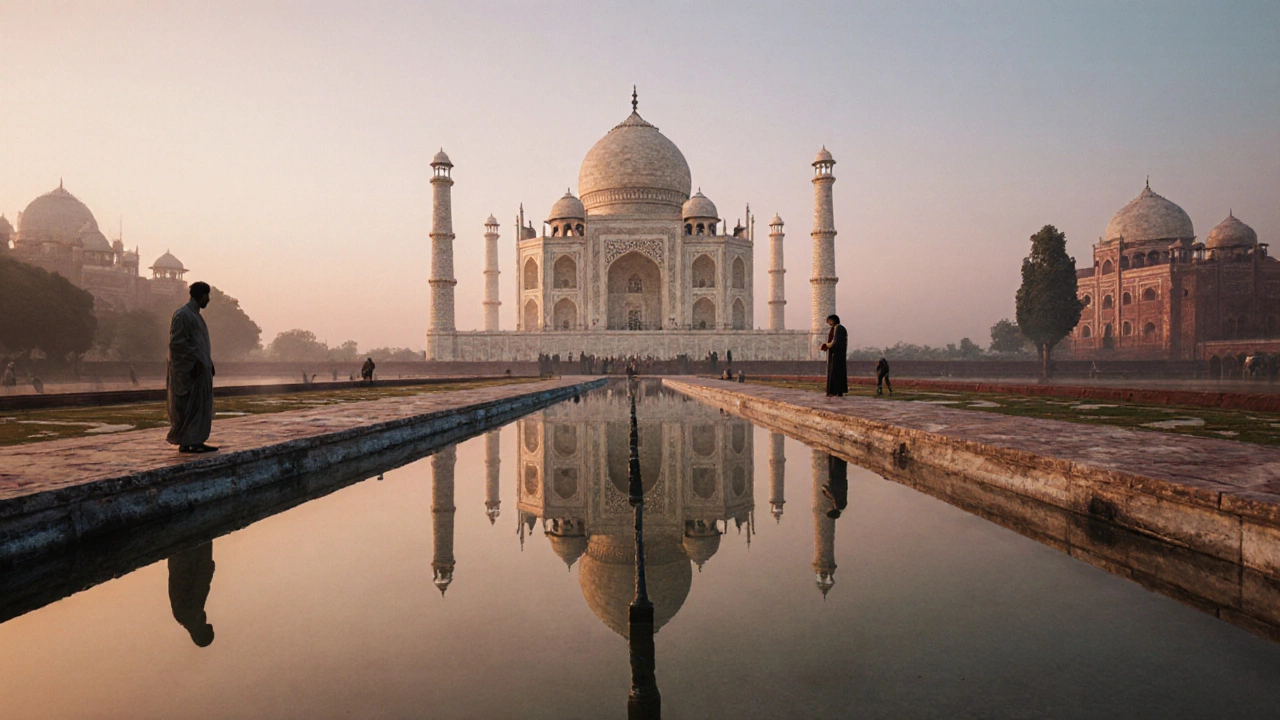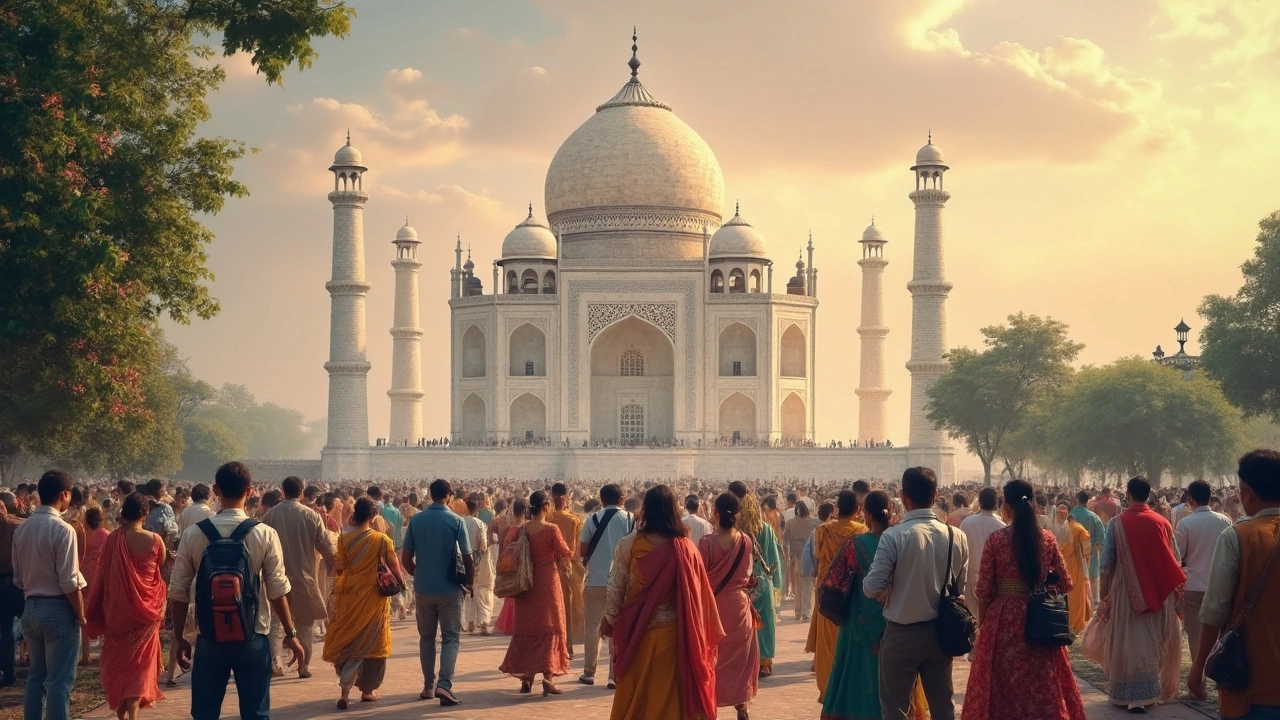Exploring India's Most Famous Tourist Attraction: The Taj Mahal and Its Unique Charm
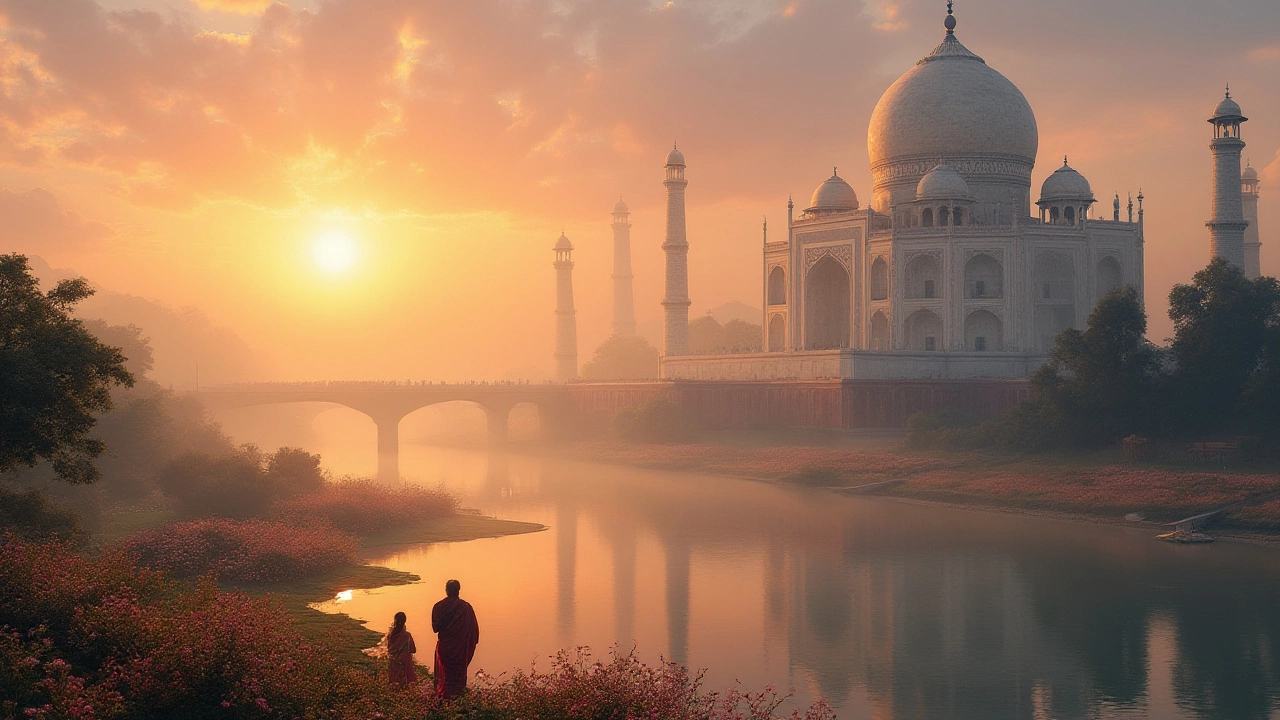
Is there a single structure so jaw-dropping, so washed in legend and emotion, that it draws millions to one city every year? In India, the answer is yes, and it stands gleaming in Agra: the Taj Mahal. Stories of love, grief, power, and beauty twist through every marble archway. This isn’t just another monument—it holds a pulse, a magnetism you can almost feel. Even today, the Taj Mahal’s white dome and reflecting pools command a level of awe that cameras just can’t capture.
The Mystique and Meaning Behind the Taj Mahal
The Taj Mahal doesn’t just sit in Agra—it sits at the heart of Indian identity. Built between 1631 and 1653 by Emperor Shah Jahan, it was meant as a tomb for his beloved wife Mumtaz Mahal, who died in childbirth. Most people know it’s a love story, but few realize the scale. Imagine a project so massive it employed 20,000 artisans, masons, and stonecutters from all across Asia for two decades, all paid with the emperor’s personal fortune.
This isn’t ordinary marble either. The Taj Mahal gleams because of Makrana marble from Rajasthan, known for staying cool and turning colors with the sun. At dawn it blushes pink, at sunset a silky gold, beneath full moon it glows silver. Then there’s the calligraphy—intricate Quranic verses climbing the entry archways—and the floral mosaics, which took months per inch using semiprecious stones from Persia, China, and the Middle East.
What most miss: It’s not just one building, but a perfectly balanced complex. The gardens follow the formal Persian style, divided by water channels meant to symbolize paradise. There’s a mosque and a guesthouse, each mirroring the other. Even the minarets lean outward, so if ever there’s an earthquake, they’d fall away from the main tomb. Every detail reflects both grand power and tender grief—a combo that explains why UNESCO declared it a World Heritage Site in 1983.
Planning Your Trip: Beating the Crowds and Traveling Smart
If you’re thinking of visiting, here’s the lowdown: prepare for crowds, but don’t get discouraged. Around 7-8 million people step onto the campus every year, and the busiest spells are cool months from October to March. The gates crack open at sunrise, and that’s really the magic hour. The marble picks up the light just right. Midday gets hot (think 40°C in summer!) and the lines balloon, so you want to beat that rush. Locals say Wednesday is the quietest day, but avoid Fridays altogether—the Taj is closed for prayers except to Muslims attending the mosque.
Bags bigger than a small purse aren’t allowed, and you can’t bring in snacks, tripods, or drones. There’s airport-grade security. Guides hang around at every entrance, some official and some not—if you want the real facts, hire a licensed one. For photos, the Princess Diana bench with the main dome behind you is iconic, but wander farther for unique angles: side paths near the mosque or across the river at Mehtab Bagh offer great shots.
If you hate crowds, try visiting during the three nights each month around the full moon. Night viewing tickets are limited, so you need to book early, but seeing the Taj bathed in moonlight is surreal.
Here’s a quick snapshot of yearly visitors and peak months:
| Year | Number of Visitors | Peak Months |
|---|---|---|
| 2022 | 6.9 million | Oct-Mar |
| 2023 | 7.8 million | Nov-Feb |
| 2024 | 8 million (est.) | Oct-Mar |
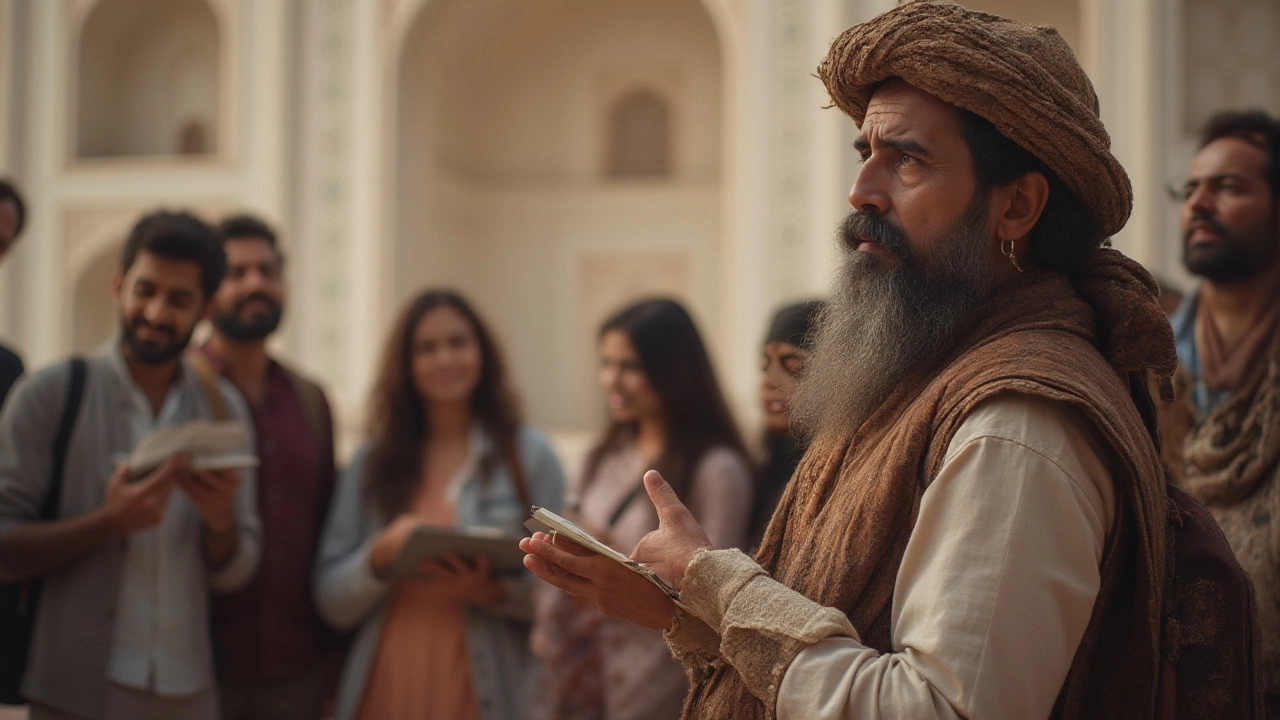
Legends, Lesser-Known Facts, and Local Secrets
Everyone’s heard about Shah Jahan’s devotion, but did you know he planned an identical black Taj Mahal for himself across the river? Legend claims the British looted and destroyed its unfinished foundation, but archaeologists say otherwise—those dark stones you see near Mehtab Bagh were likely leftover white marble that weathered to black.
Step closer to the marble walls. Run your finger over the inlaid stones—lapis lazuli, carnelian, jade, and turquoise, all set with a technique called pietra dura. Ask a local about the “whispering gallery” effect inside the dome. You can stand at opposite ends and hear whispers clear as day. Look for the optical illusions: the main dome appears closer than it is, and the minarets tilt out for safety, as mentioned before.
Ever noticed the symmetry? Every arch, garden path, and tile pattern aligns perfectly, except for one thing: Shah Jahan’s cenotaph, placed next to Mumtaz rather than centered. Some call it the only flaw in otherwise flawless symmetry—a final, human touch.
If you want real local flavor, grab a plate of Agra’s sweet petha candy from nearby markets, or try Mughlai kebabs for lunch. Don’t be surprised if monkeys try to steal your snacks in the outer gardens—or if you see wedding shoots happening at every corner.
How to See More: Pairing the Taj Mahal With Other Indian Wonders
Seeing the Taj Mahal is one epic highlight, but there’s a lot more if you make it a longer trip. Within Agra, the Agra Fort sits just across the Yamuna River—a red sandstone maze of royal halls and secret chambers built by Akbar in 1565. Shah Jahan spent his final years imprisoned here, gazing at the Taj from his window. Fatehpur Sikri, about an hour’s drive, was once a Mughal capital and feels frozen in amber, with sprawling palaces and grand gateways.
If you take the train or car from Delhi, it’s easy to carve out another day for Mathura—the supposed birthplace of Krishna—or move south to Gwalior, famous for its hilltop fort and quirky rock music festivals. Local transport in Agra ranges from rickshaws to App-based cars, but be patient: traffic is famously unpredictable, especially during festivals.
People looking for the best photos often cross the river at dawn to Mehtab Bagh—the view here is practically the Taj’s “backstage pass.” It’s quieter and lets you soak up the symmetry and serenity from a distance. Bird watchers will have a field day too; egrets, storks, and kingfishers nest near the water in winter months.
If you’ve got time, consider a “Golden Triangle” trip: Delhi, Agra, and Jaipur are each packed with palaces, temples, and wild food scenes (don’t miss thali platters in Jaipur). Plan for at least five to seven days to do it justice.
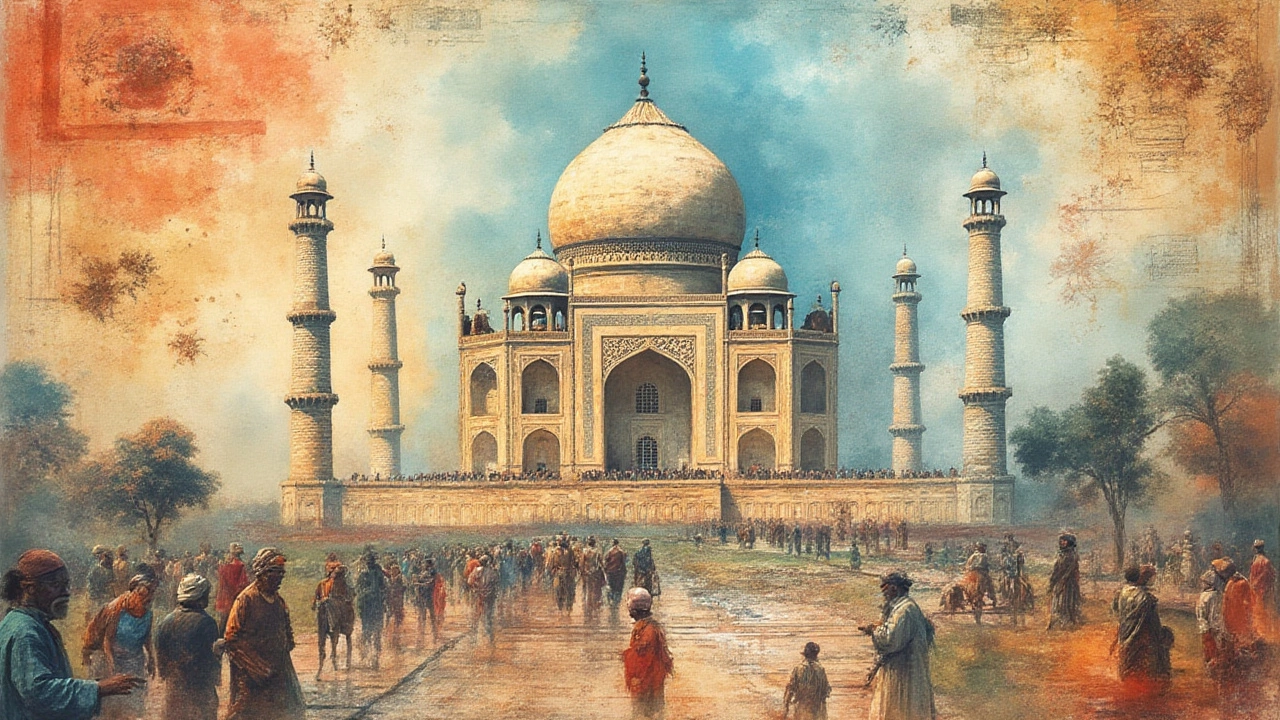
Tips for a Memorable Taj Mahal Experience
So, want to make the most of your visit? Here’s how. Show up early, around sunrise, for softer light and fewer tourists. Wear comfortable shoes—you’ll be walking, a lot, on marble and stone. Dress conservatively and bring a hat or scarf; yes, the Taj Mahal is a mausoleum, so some parts ask for covered shoulders.
Tickets are cheaper for Indian citizens than for foreigners, and you can book them online through the Archaeological Survey of India’s website. Hold onto your ticket; you’ll need it to enter different complexes. Water bottles are allowed, but all liquids except baby formula might be confiscated for security.
Hire a registered guide or download an audio tour app—otherwise, the raw beauty can blind you to all the hidden meaning. Plan for at least two hours inside; most visitors linger closer to four. If you’re keen on perfect photos, bring a phone with a good camera—DSLRs are allowed, but tripods are not. Go for portraits with the intricate marble in the background, or try shooting the reflection in the front ponds at sunset.
Avoid shopping for marble souvenirs from touts pushing “genuine Taj stone”; most are just soapstone knockoffs. Instead, hit up government emporiums or markets recommended by hotel staff. If you want a break from the crowds, grab tea at a rooftop café in the Taj Ganj area—many offer a killer view of the dome, especially at dusk.
Just a heads-up: summer can be brutally hot, with temps soaring past 110°F (43°C). Hydrate, slather on sunscreen, and pace yourself. If you’re sensitive to pollution, October and November are cleanest after monsoon rains. Ramadan and major holidays see surges in local visitors, so check the calendar before booking.
One last tip: Sometimes the magic isn’t just in the monument, but in the anticipation—standing at the gate when the sun first breaks through, feeling the crowd’s hush as the first glimpse of that white dome appears. That’s the real moment everyone’s chasing.
